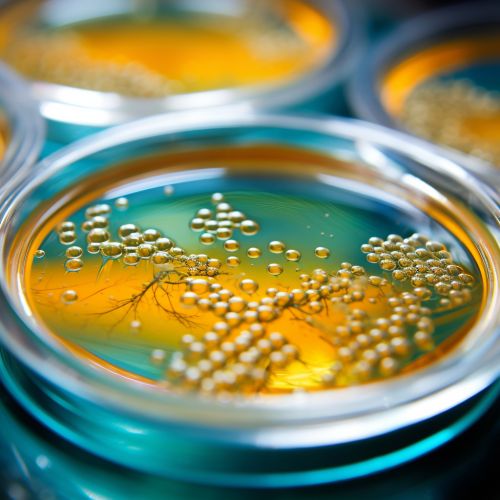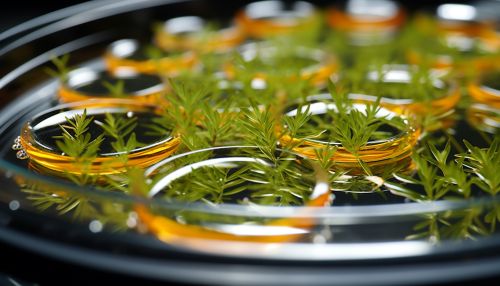Mechanisms of Microbial Bioethanol Production
Introduction
Bioethanol, a form of renewable energy, can be produced from various raw materials through a process of fermentation by microorganisms. This article explores the mechanisms of microbial bioethanol production, focusing on the biochemical processes involved, the types of microorganisms used, and the factors affecting the efficiency of bioethanol production.


Biochemical Processes in Bioethanol Production
The production of bioethanol involves two main biochemical processes: fermentation and distillation.
Fermentation
Fermentation is a metabolic process where microorganisms like yeast and bacteria convert sugar into ethanol and carbon dioxide in the absence of oxygen, a process known as anaerobic respiration. The general equation for fermentation is:
C6H12O6 → 2 C2H5OH + 2 CO2
This reaction is catalyzed by a series of enzymes within the microorganism. The first step involves the conversion of glucose to pyruvate via the process of glycolysis. Pyruvate is then converted to acetaldehyde by the enzyme pyruvate decarboxylase, with carbon dioxide released as a by-product. Finally, acetaldehyde is reduced to ethanol by the enzyme alcohol dehydrogenase.
Distillation
Following fermentation, the resultant mixture contains ethanol, unfermented sugars, and other by-products. To obtain pure ethanol, the mixture undergoes distillation, a process that separates ethanol from the mixture based on the difference in boiling points.
Microorganisms in Bioethanol Production
Various microorganisms are employed in bioethanol production, with the choice depending on the raw material used and the desired yield of ethanol.
Yeasts
Yeasts, particularly Saccharomyces cerevisiae, are the most commonly used microorganisms in bioethanol production. S. cerevisiae is preferred due to its high ethanol productivity, tolerance to high ethanol concentrations, and ability to ferment a wide range of sugars.
Bacteria
Certain bacteria, such as Zymomonas mobilis and Clostridium species, are also used in bioethanol production. Z. mobilis is known for its high ethanol yield and productivity, while Clostridium species can ferment both hexose and pentose sugars, allowing for the utilization of a wider range of raw materials.
Factors Affecting Bioethanol Production
Several factors influence the efficiency of bioethanol production, including the type of raw material, the choice of microorganism, and the conditions of fermentation.
Raw Material
The choice of raw material greatly affects the yield of bioethanol. Materials rich in sugars, such as sugarcane and corn, are commonly used. However, lignocellulosic materials like agricultural residues and woody plants are gaining interest due to their abundance and sustainability.
Microorganism
The choice of microorganism is crucial as different species have varying abilities to ferment sugars into ethanol. As mentioned, yeasts like S. cerevisiae and bacteria like Z. mobilis and Clostridium species are commonly used due to their high ethanol productivity and tolerance to harsh conditions.
Fermentation Conditions
The conditions of fermentation, such as temperature, pH, and nutrient availability, can significantly affect the efficiency of bioethanol production. Optimal conditions ensure the highest ethanol yield and productivity.
Conclusion
Understanding the mechanisms of microbial bioethanol production is crucial for improving the efficiency and sustainability of bioethanol as a renewable energy source. Further research and development in this field can lead to the discovery of more efficient microorganisms and optimization of fermentation conditions, contributing to the advancement of bioenergy production.
